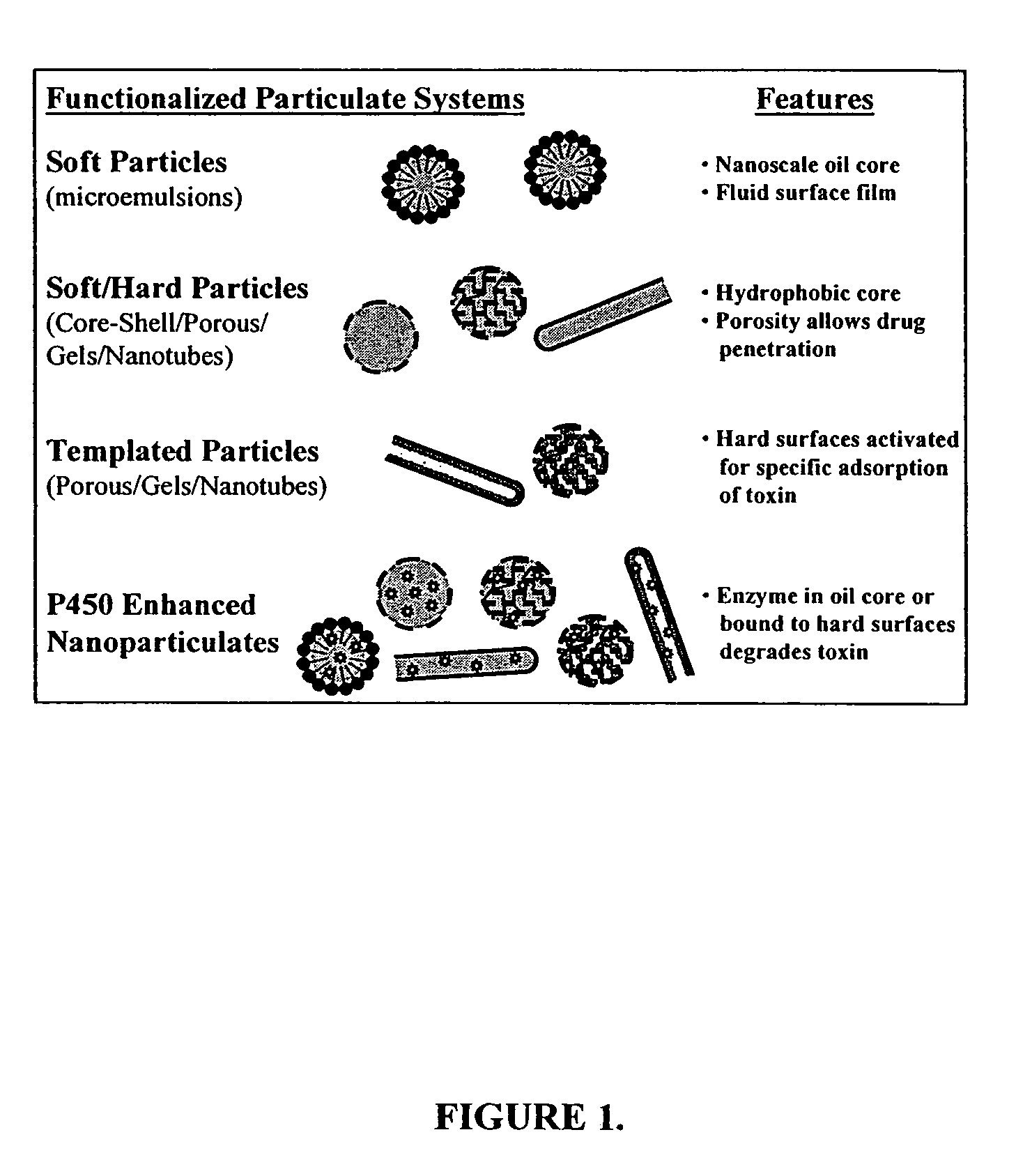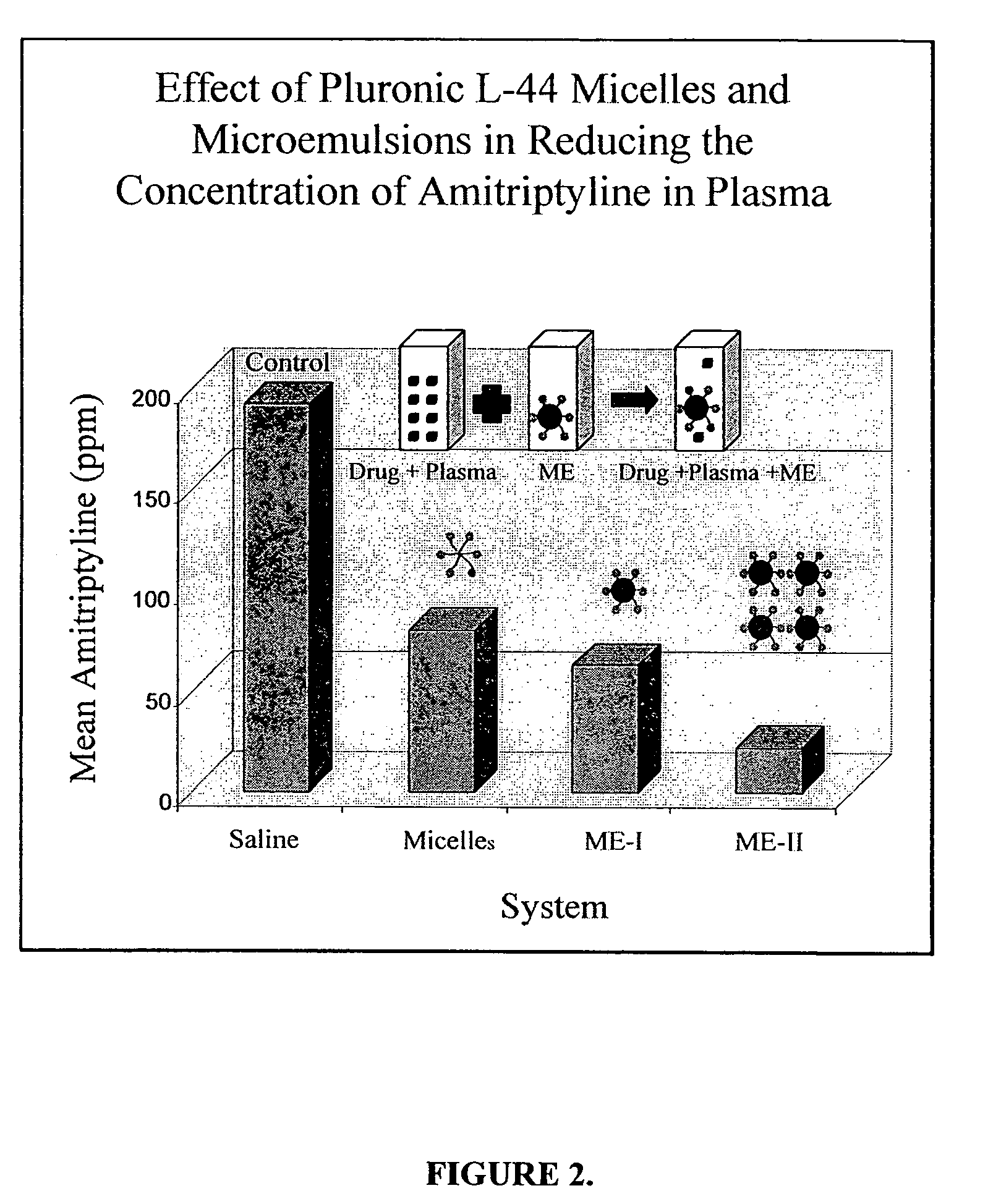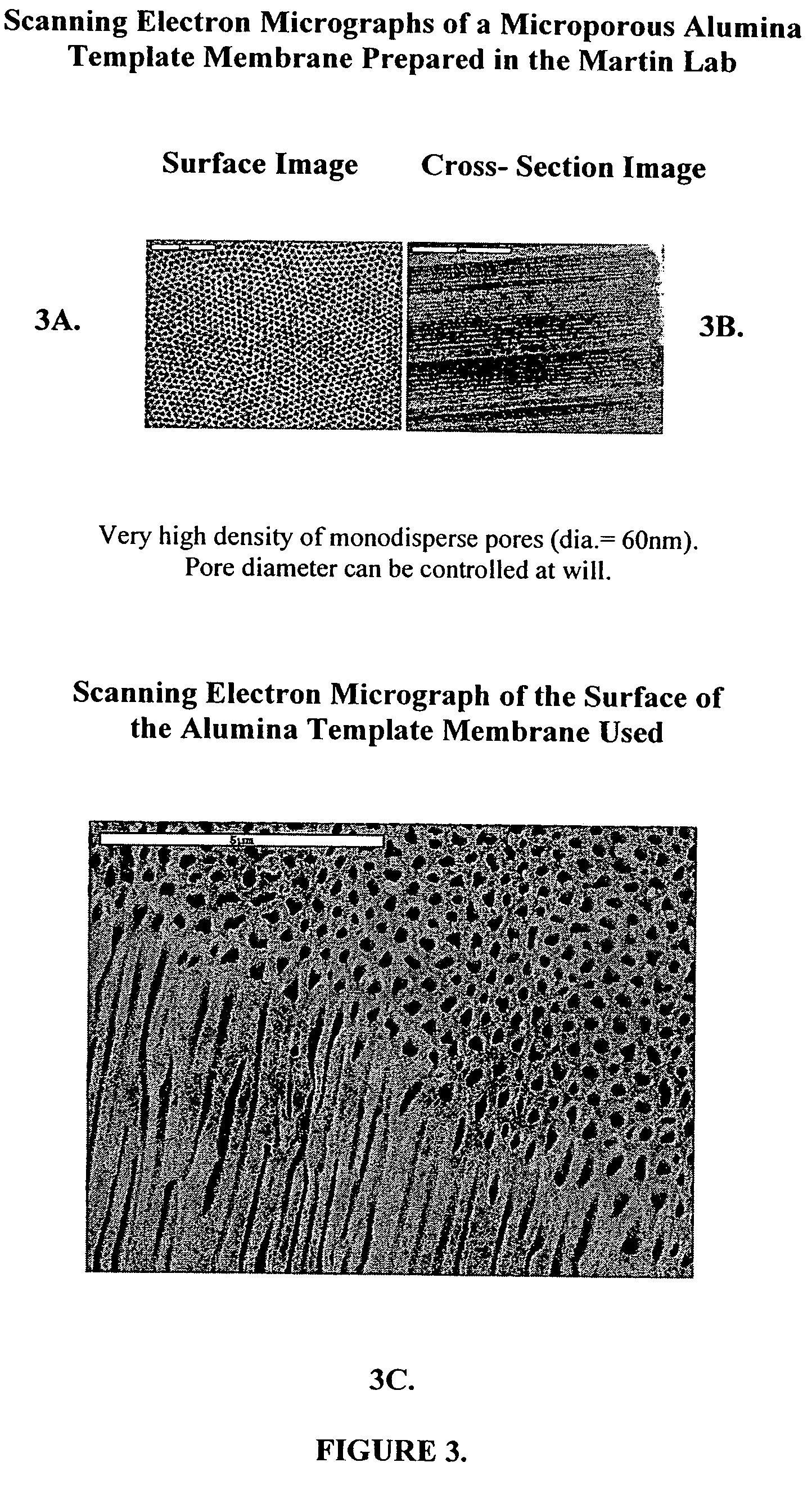Detoxification and decontamination using nanotechnology therapy
a nanotechnology and decontamination technology, applied in the direction of biocide, microcapsules, drug compositions, etc., can solve the problems of life-threatening drug intoxication, significant financial costs, and drug toxicity in humans, and achieve the effect of reducing the effects of toxic drugs
- Summary
- Abstract
- Description
- Claims
- Application Information
AI Technical Summary
Benefits of technology
Problems solved by technology
Method used
Image
Examples
Embodiment Construction
[0002]The subject matter of this application has been supported by a research grants from the National Institutes of Health (N1H) (Grant No. DK4902989) and the Office of Naval Research (Grant No. N000-14-00-1-0-180). The government may have certain rights in this invention.
BACKGROUND OF THE INVENTION
[0003]Drug toxicity in humans can result from causes such as therapeutic misadventure, illicit drug ingestion, or suicide attempt. Drug toxicity is a major health care problem throughout the world and results in significant financial costs as well as potential harm including possible death. Unfortunately, the vast majority of life-threatening drug intoxications do not have specific pharmacological antidotes to ameliorate their physiological effects. Other than providing supportive therapy to affected individuals, often little can be done to help individuals affected by most drug intoxications. Drug toxicity can also be a problem in veterinary medicine.
[0004]When a chemical, such as xenob...
PUM
| Property | Measurement | Unit |
|---|---|---|
| Size | aaaaa | aaaaa |
| Size | aaaaa | aaaaa |
| Fraction | aaaaa | aaaaa |
Abstract
Description
Claims
Application Information
 Login to View More
Login to View More - R&D
- Intellectual Property
- Life Sciences
- Materials
- Tech Scout
- Unparalleled Data Quality
- Higher Quality Content
- 60% Fewer Hallucinations
Browse by: Latest US Patents, China's latest patents, Technical Efficacy Thesaurus, Application Domain, Technology Topic, Popular Technical Reports.
© 2025 PatSnap. All rights reserved.Legal|Privacy policy|Modern Slavery Act Transparency Statement|Sitemap|About US| Contact US: help@patsnap.com



